Craft or Code? How 3D Printing is Taking Over the Jewelry Industry
Exploring the Pros and Cons of 3D Printing Technology in the Jewelry Industry.
To get into the new we first need to start with the old. Traditionally handcrafted jewelry is romantic in a way. Or maybe that’s just the lover girl in me. Lost wax carving is one of the oldest methods of jewelry making and it includes an artistic process of drawing, carving, detailing, measuring, heating metal, and polishing.
When you think about it, these jewelry makers are creating small sculptures that we get to wear daily. I’ve had the pleasure of creating my own jewelry and can attest to how intricate the process is. It truly feels the same as taking a blank canvas and carving out a piece of art. Here’s a video of me at the studio, you’re welcome:
Even with soldering jewelry, it’s a process that’s very hands on. Much of the cost of handcrafted jewelry comes from the hours of labor. But what are the cons? For jewelry makers, there are many challenges such as time intensive work, the inability to produce at the rate of demand, human errors that can lead to wasted materials, and keeping up with the prices and competition of mass-produced jewelry.
This is where 3D printing comes in. Not sure about you, but I’ve seen so much 3D print art through reels and TikTok. It’s pretty amazing what they can do. It genuinely feels straight out of the Jetsons or other futuristic childhood shows.
When it comes to jewelry, this tech is definitely changing the game. Did you know it’s possible to directly print jewelry in metal? Because I sure didn’t. This allows designers to create super intricate designs with gold and silver that aren’t possible with human hands. Jewelry company, Boltenstern, does just that. They specialize in luxury jewelry created using mathematical algorithms that can’t be replicated through handcrafting.
3D printing has also changed the industry when it comes to personalized jewelry. Many of us grew up with nameplate necklaces, rings, and anklets that back in the day cost hundreds. These days you can find jewelry brands selling personalized jewelry for a fraction of the cost.
With that being said, is the quality the same? I see this as one of the negatives that come with 3D printing. The over production. While doing research for this article, I wanted to learn more about the process, but what I found were countless articles speaking on its benefits for mass production. One article highlighted the company Melorra, which was founded around the idea of mass producing to quickly respond to “next generation market demands in both men’s and women’s everyday jewelry” through digital designs and 3D printing.
No shade no tea towards this specific company, they’re one of thousands just like this. If that mission statement seems a little too familiar, it’s because you’ve probably heard of the fast fashion industry before. Keeping up with ever-changing trends and over producing to feed never ending demand, that’s the motto. Baby, if you thought this epidemic only consisted of Forever21 sweaters and H&M jeans, you’re misinformed.
But like everything in life, this technology is not black and white. It’s just that, a piece of technology, the impact it has on the world is up to the user. Many jewelers use 3D printing to create molds helping to perfect design and prevent human errors that come with more intricate jewelry pieces. Molds also increase the number of pieces they can make to support the needs of their customers. This can really help emerging designers keep up with bigger brands.
3D printing can also help jewelry makers experiment with different materials like resins and plastics. There are jewelry artists that only make their unique pieces through 3D printing. No mass production, just another tool to create art that might not be possible by hand. In fact, one of the first mamapachá instagram posts highlighted 3D print jewelry brand, Roussey.
Roussey designer Yann Tosser-Roussey creates out-of-this-world 3D printed jewelry and handbags that feel straight out of a dream. He uses (put your science goggles on kids) Polylactide (PLA), a polyester based on raw materials like sugar cane or corn. This process makes the material biodegradable. It’s basically sounds like making material through composting. But I’m no expert.
Another jewelry team that uses 3D printing in a sustainable way is Tétier x La Manso. The rise of these brands came from catering to the y2k uproar. Many of their pieces focus on emblems of that era like dolphins, pop-art rings, and shells. They began their journey by using recycled molds, emphasizing the importance of sustainability in their practice.
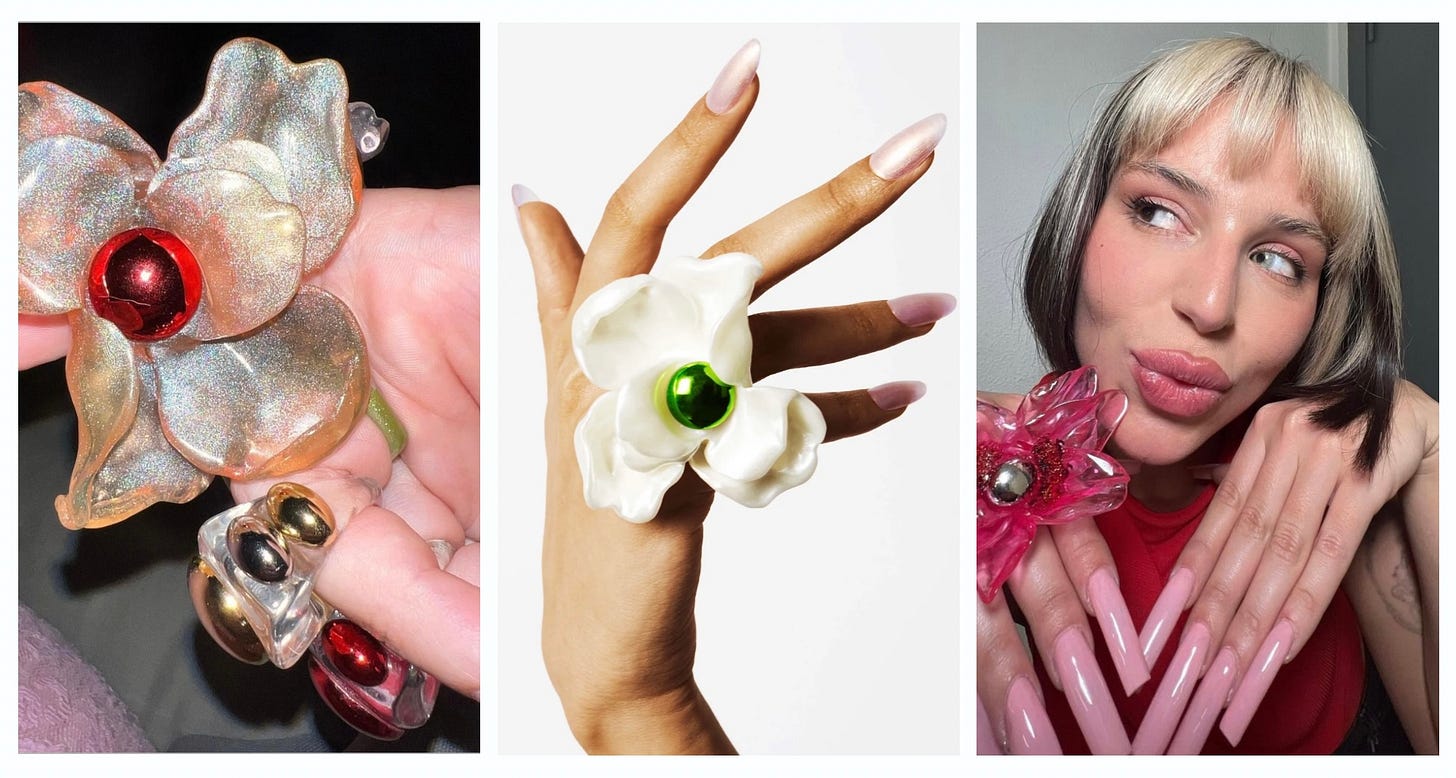
Designer Florence Tétier created a signature flower design made through 3D printing, which is later set with stones and painted with resin by hand. This is a really great example of using 3D printing to produce jewelry that is uniform and increases production while still maintaining that handcrafted touch. In the spirit of transparency, the brands have showcased their process through social media from digital design and printing to all the hands on work that comes after.
There are thousands of brands just like these utilizing this technology in creative and innovative ways. Many more are using it to help them produce better versions of their traditional jewelry. Although we touched on the negatives of mass production, like anything else, it’s a complicated subject which can have pros like accessibility.
New technology will always feel intimidating. Personally, I began this journey because I felt a sense of hesitation towards the 3D process and the potential impact it could have on the jewelry industry. It felt reassuring to learn that there are responsible ways to utilize 3D printing, and, most importantly, that it can be used with sustainable materials. It has even created opportunities for brands like Roussey, allowing them to create artistic pieces that maintain the same romantic, dreamy feeling traditional jewelry provides.
Xx mamapachá.


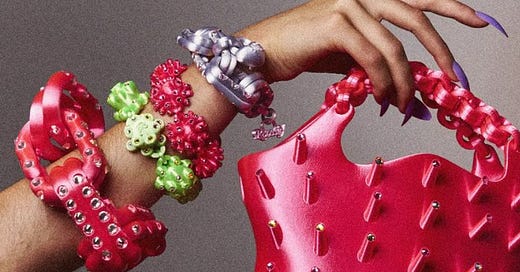


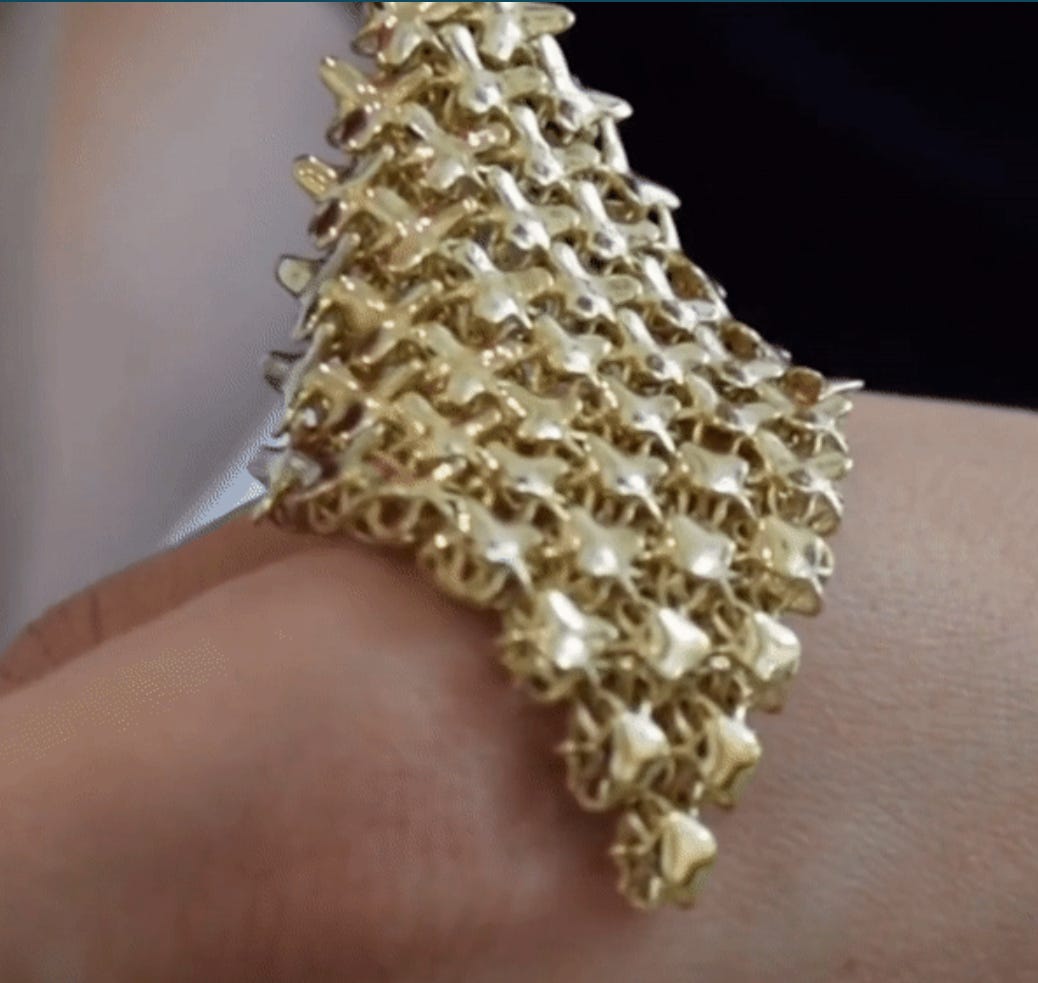
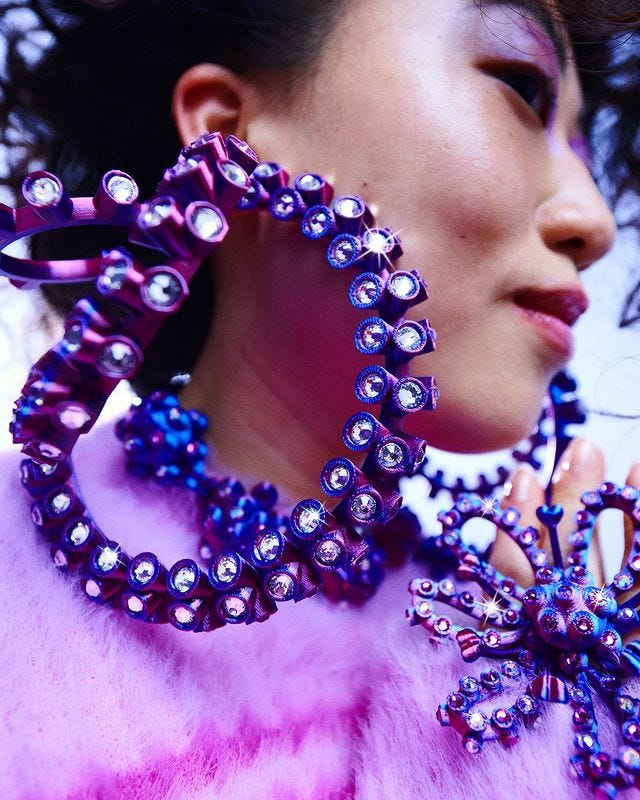
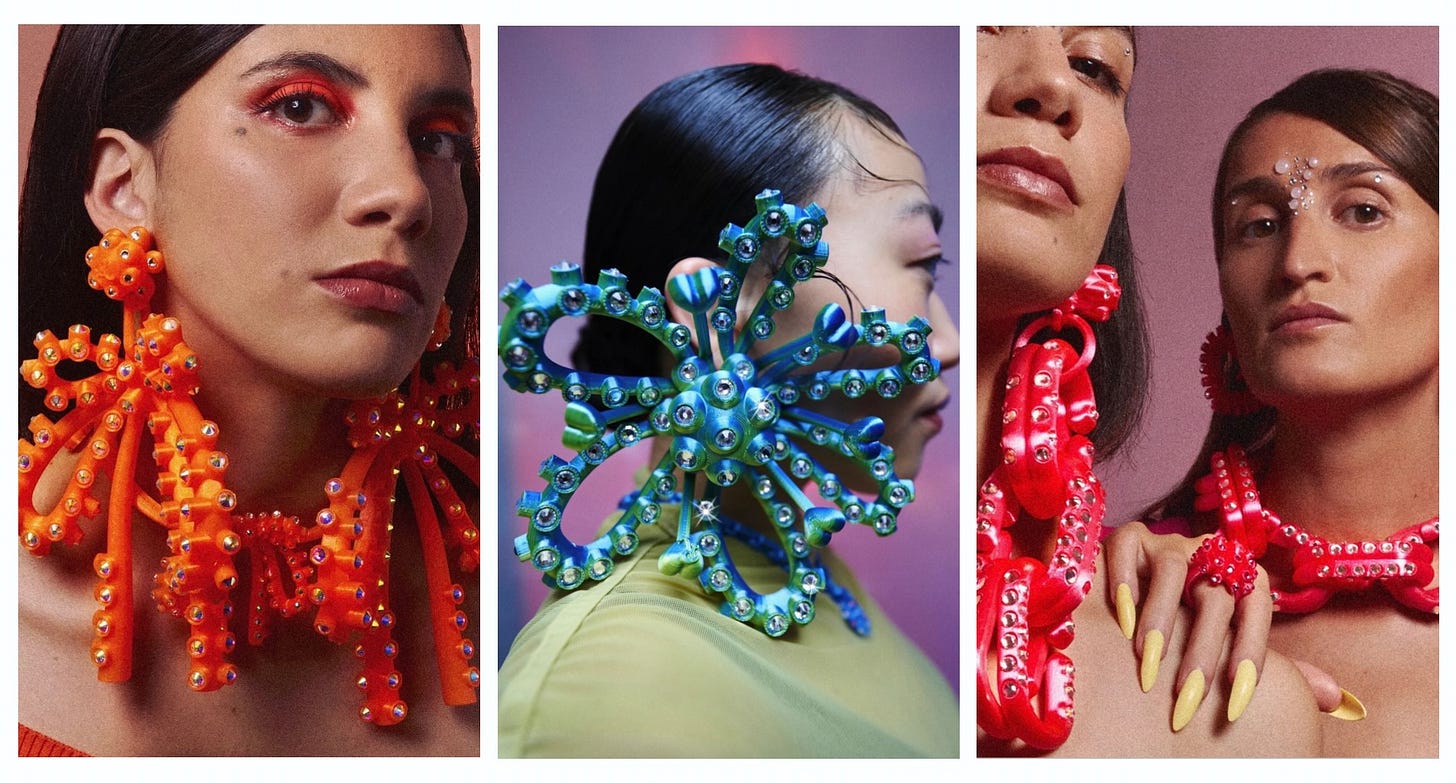

Wow!! Sustainability is a real big issue all around. I never thought about 3D Jewelry in this way when it came to how brands sourced their materials and the overall long term impact it can have.
Big up’s for putting us on to those brands who are responsibly sourcing and putting out art that isn’t also damaging to our pockets